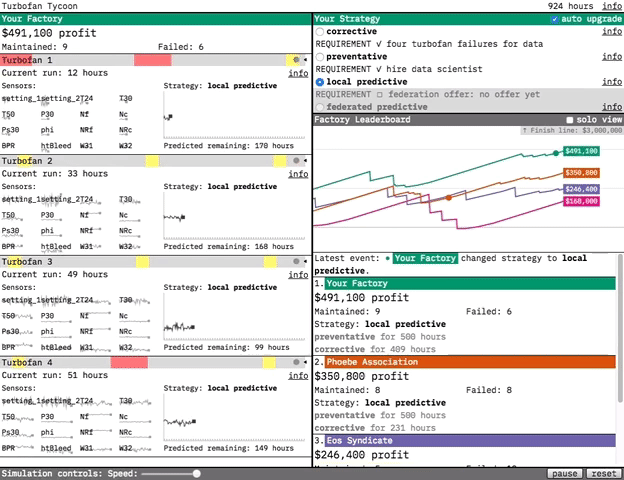Tools for time series analysis and forecasting (TSstudio)The TSstudio package provides a set of functions for time series analysis. That includes interactive data visualization tools based on the plotly packa …
Automated Dashboard Visualizations with Ranking in R
- Programming
One-stop-learning-shop for data pros – get exclusive access for less than a cup of coffee
DATAx Presents: AI AND MACHINE LEARNING TRENDS IN 2019
Sponsored Post.
Einops — a new style of deep learning code
Recently I’ve open-sourced einops — a new (and better) way to write deep learning code.
Reduced privacy risk in exchange for accuracy in the Census count
Mark Hansen for The Upshot describes the search for balance between individual privacy and an accurate 2020 Census count. It turns out to not be that difficult to reconstruct person-level data from publicly available aggregates:
Running an R script on heroku
In this post I will show you how to run an R script on heroku every day. This is a continuation of my previous post on tweeting a death from wikidata.
If you did not already know
Principal Parameterization  Insightful visualization of multidimensional scalar fields, in particular parameter spaces, is key to many fields in computational science and engineering. We propose a principal component-based approach to visualize such fields that accurately reflects their sensitivity to input parameters. The method performs dimensionality reduction on the vast $L^2$ Hilbert space formed by all possible partial functions (i.e., those defined by fixing one or more input parameters to specific values), which are projected to low-dimensional parameterized manifolds such as 3D curves, surfaces, and ensembles thereof. Our mapping provides a direct geometrical and visual interpretation in terms of Sobol’s celebrated method for variance-based sensitivity analysis. We furthermore contribute a practical realization of the proposed method by means of tensor decomposition, which enables accurate yet interactive integration and multilinear principal component analysis of high-dimensional models. …
Insightful visualization of multidimensional scalar fields, in particular parameter spaces, is key to many fields in computational science and engineering. We propose a principal component-based approach to visualize such fields that accurately reflects their sensitivity to input parameters. The method performs dimensionality reduction on the vast $L^2$ Hilbert space formed by all possible partial functions (i.e., those defined by fixing one or more input parameters to specific values), which are projected to low-dimensional parameterized manifolds such as 3D curves, surfaces, and ensembles thereof. Our mapping provides a direct geometrical and visual interpretation in terms of Sobol’s celebrated method for variance-based sensitivity analysis. We furthermore contribute a practical realization of the proposed method by means of tensor decomposition, which enables accurate yet interactive integration and multilinear principal component analysis of high-dimensional models. …
Intuition for principal component analysis (PCA)
Principal component analysis (PCA) is a dimension-reduction method that can be used to reduce a large set of (often correlated) variables into a smaller set of (uncorrelated) variables, called principal components, which still contain most of the information.
